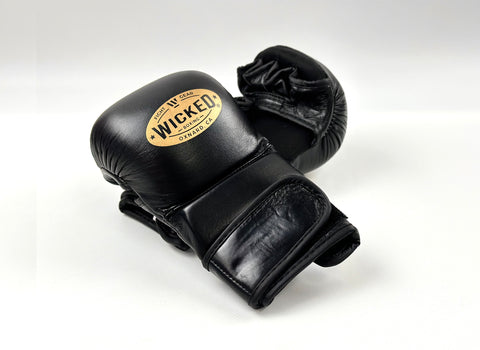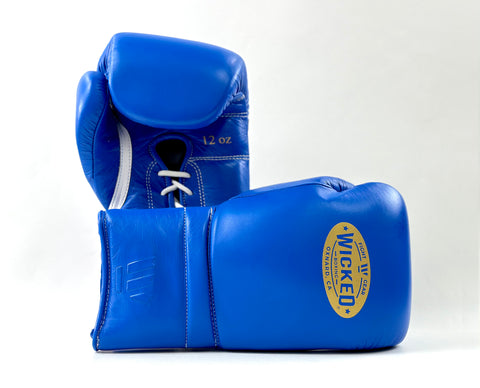When you think of boxing, what image comes to mind? Chances are, it includes a squared-off area surrounded by ropes. This iconic structure is the boxing ring, and it plays a pivotal role in the sport. However, not all boxing rings are created equal. In this blog, we'll step into the squared circle and explore the different types of boxing rings used in the world of pugilism.
1. The Standard Boxing Ring:
The standard boxing ring is what most of us envision when we think about boxing. It's a square platform enclosed by four sets of ropes. These rings come in various sizes, but the most common dimensions are 16, 18, and 20 feet on each side. The ropes are tightly stretched to provide a secure boundary for the fighters, ensuring safety while allowing for strategic movement.
2. The Amateur Boxing Ring:
Amateur boxing rings are slightly smaller than the standard ones. They typically measure around 16 feet by 16 feet. The key difference lies in the construction of the floor. Amateur rings have a raised platform with a soft canvas cover to reduce impact and protect fighters. This design is especially important for novice boxers who are still learning the ropes, so to speak.
3. The Professional Boxing Ring:
For professional bouts, a ring measuring 20 feet by 20 feet is the norm. These rings often feature premium materials and construction, including a wooden platform covered with high-quality canvas. The extra space allows for more movement, which can make for a more dynamic fight. Professional rings are also designed to be visually appealing, with sponsors' logos and branding displayed prominently.
4. The Muay Thai Ring:
Muay Thai, a popular combat sport from Thailand, has its own distinct type of ring. Muay Thai rings are smaller than standard boxing rings, usually around 18 feet by 18 feet. The ropes are typically softer, which can lead to more clinching and grappling in fights. The design caters to the unique demands of Muay Thai, where fighters use elbows, knees, and kicks in addition to punches.
5. The Octagon (MMA):
While not a boxing ring in the traditional sense, the octagon is the iconic fighting arena for mixed martial arts (MMA). It gets its name from its eight-sided shape. The octagon provides ample room for MMA fighters to grapple, strike, and use a variety of fighting techniques. Unlike boxing rings, which have ropes, the octagon has a cage to contain the action.
6. The Wrestling Ring:
Wrestling rings are often confused with boxing rings, but they have notable differences. Wrestling rings are typically square, like boxing rings, but they have a padded surface, and the ropes are less taut. The padding allows wrestlers to perform high-impact moves safely, and the looser ropes accommodate the physical demands of wrestling.
In conclusion, the boxing ring is more than just a stage for combat; it's a crucial element that influences the dynamics of a fight. Whether you're watching a classic boxing match, a thrilling MMA bout, or a traditional Muay Thai showdown, understanding the nuances of different ring types can deepen your appreciation for the sport. Each ring is tailored to its specific discipline, ensuring that fighters have the ideal canvas on which to showcase their skills and determination. So, the next time you watch a fight, take a moment to appreciate the squared circle – it's where champions are made.




